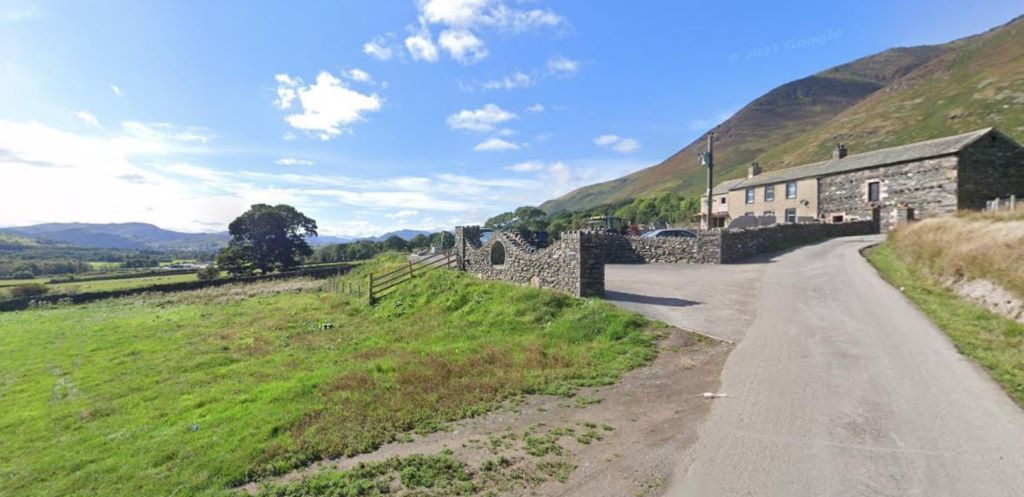
A Threlkeld farmer finds out tomorrow whether he can build a 20,000-litre cesspool tank to serve a pop-up campsite
Graham Teasdale, of Doddick Farm, is seeking planning permission from the Lake District National Park Authority for a scheme at Low Hollows.
It would go underground to serve a pop-up campsite in the field off the Keswick-bound side of the A66 between Scales and the Threlkeld junction.
It’s needed for when toilets are used on the site as more campers and camper vans are allowed due to a rule change.
National park planning officers have recommended it get the go-ahead at a meeting tomorrow.
Mr Teasdale’s agents, the Manning Elliott Architects, Penrith, said the fully-sealed tank will be fully buried, and will be emptied by a registered waste carrier holding a discharge licence.
The application drew an anonymous objector who said regulations relating to temporary pop-up campsites did not allow for permanent infrastructure to be put in place.
Threlkeld Parish Council objected to the application on the grounds it was over development and would likely lead to more development on Low Hollows.
In their report, planners at the national park said they were satisfied that the proposals relate only to a temporary use of land.
The development was also in accordance with national park policies, it said. The committee will make a decision next week.
In July, the Government announced a change in permitted development rights. They allow temporary campsites to stay for 60 days, up from 28.
The Friends of the Lake District, said campsites attracting more people for longer was bound to result in significant landscape impacts on special
areas.
Furthermore, it said the 28 day rule will also remain in place until July alongside the 60 day rule – meaning a site could operate for up to 88, or more than 12 weeks.
In addition, the number of pitches allowed on a pop-up campsite can increase from 30 to 50, allowing greater numbers of campers or camper vans.
The Country Land and Business Association had lobbied for such changes saying planning red tape was holding back the rural economy and a change allowed farmers and landowners to diversify.








